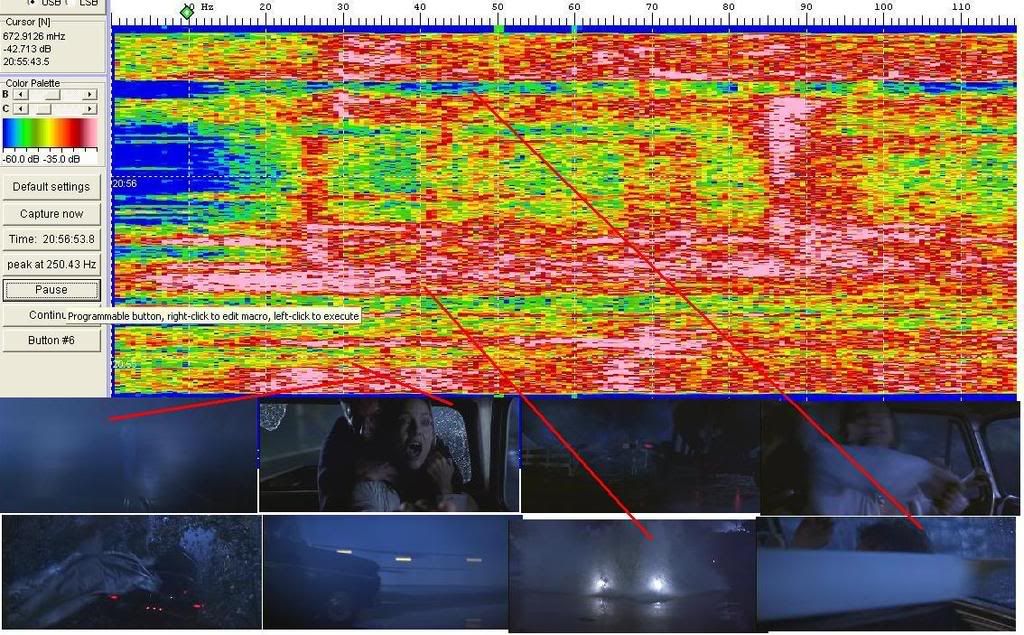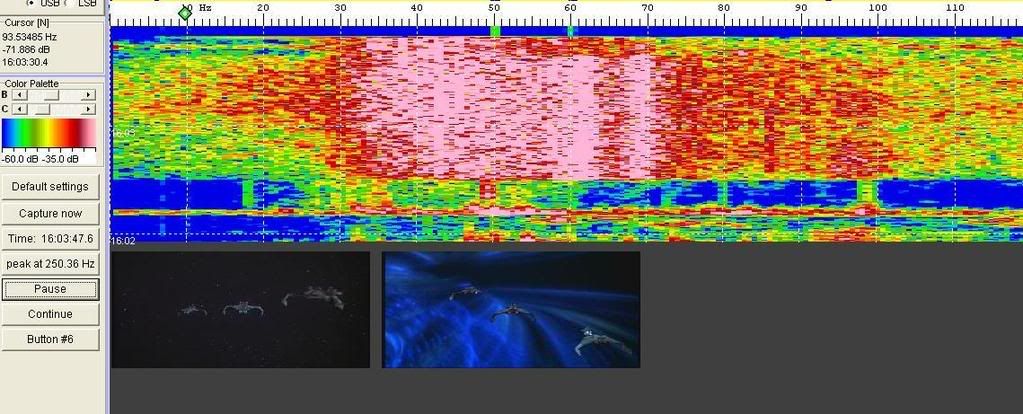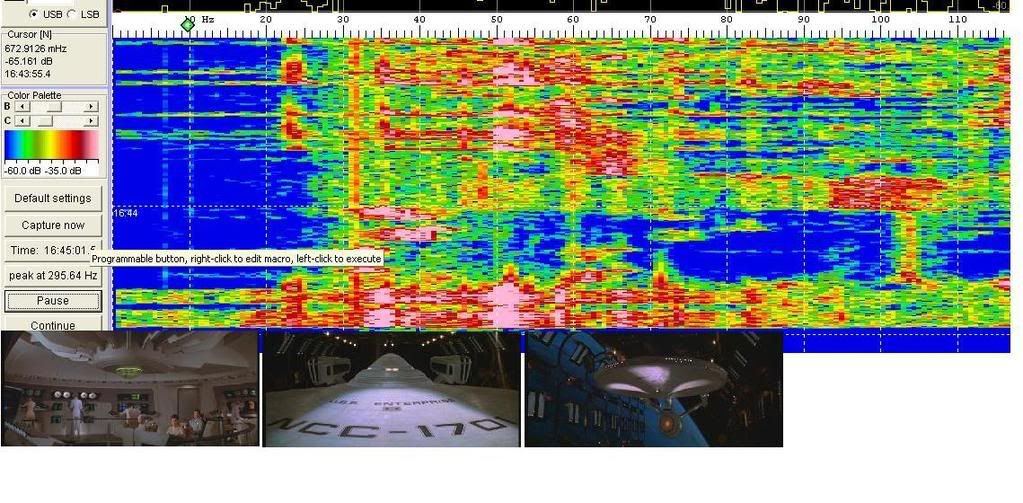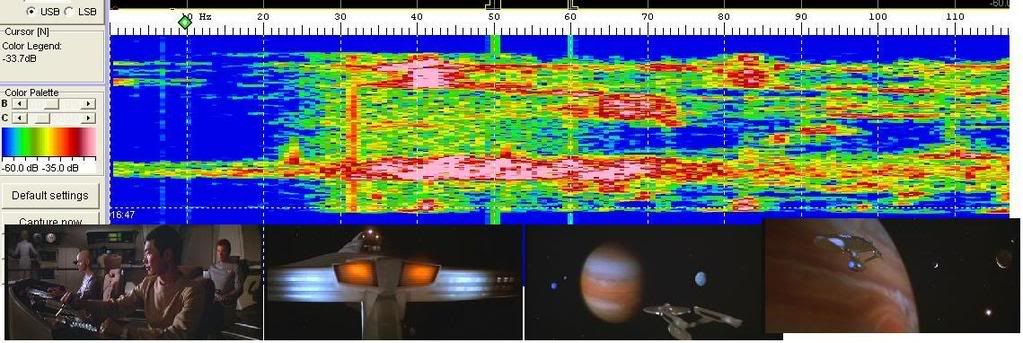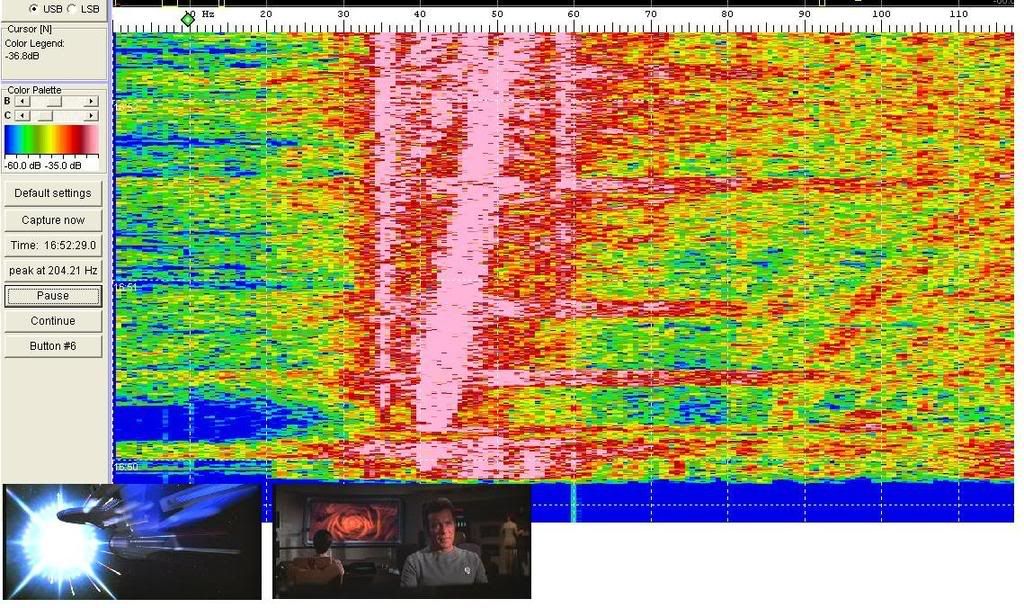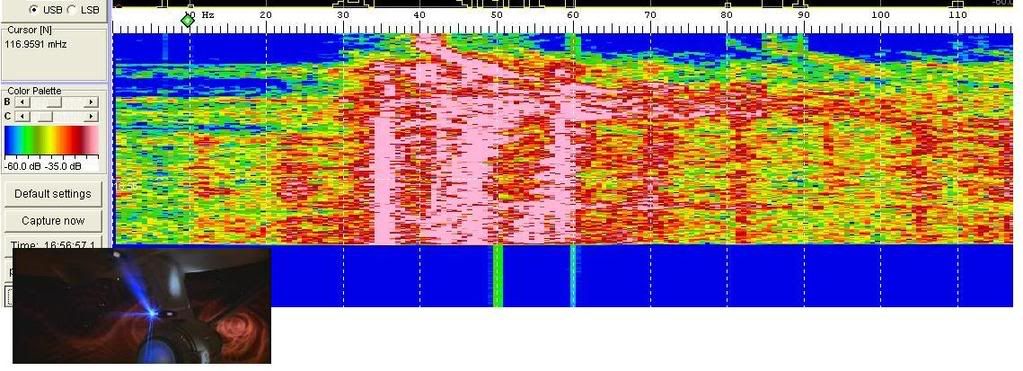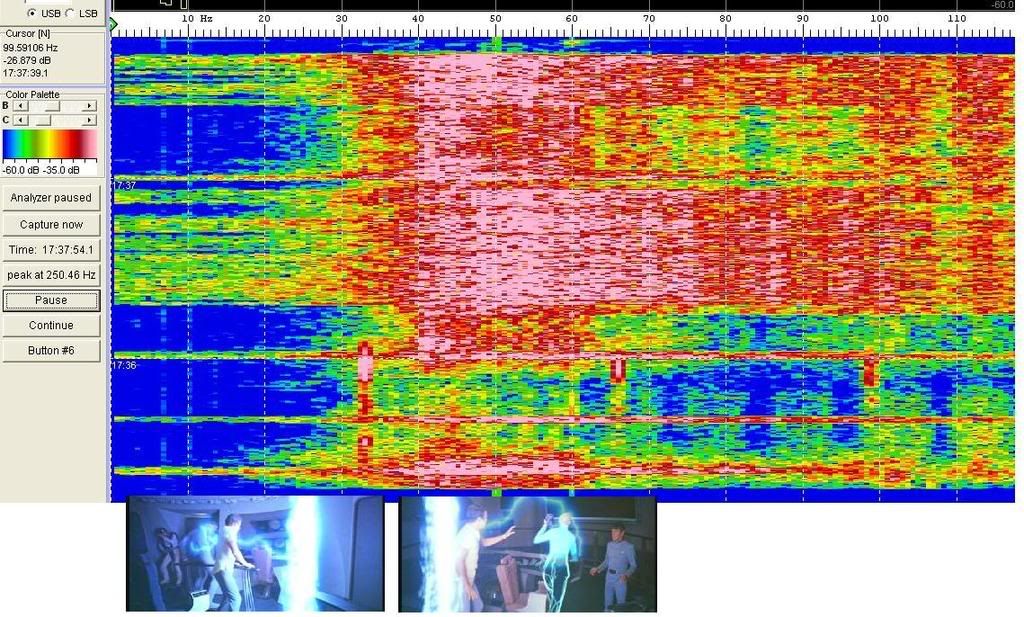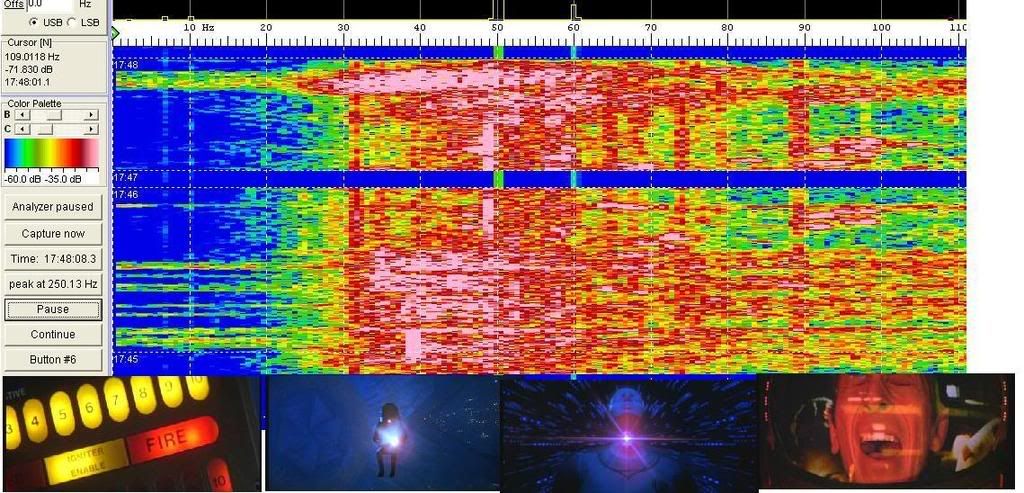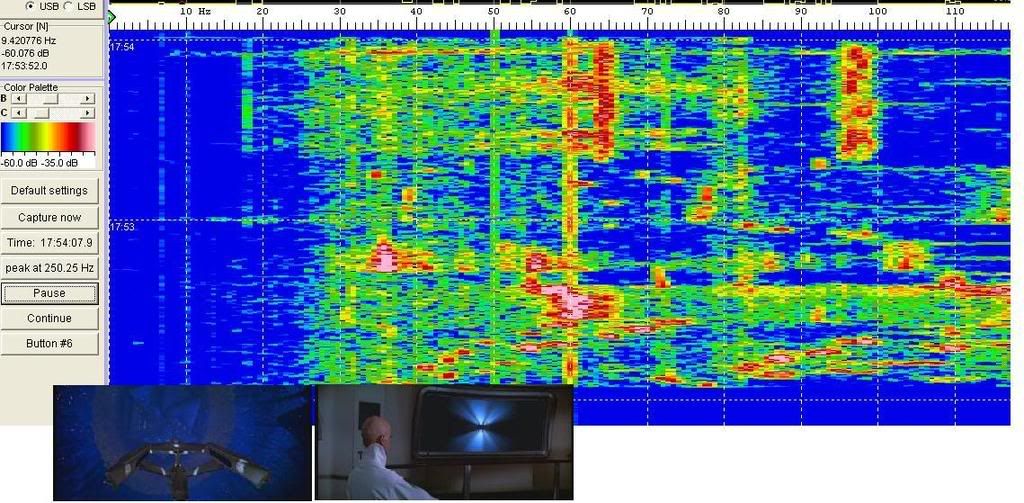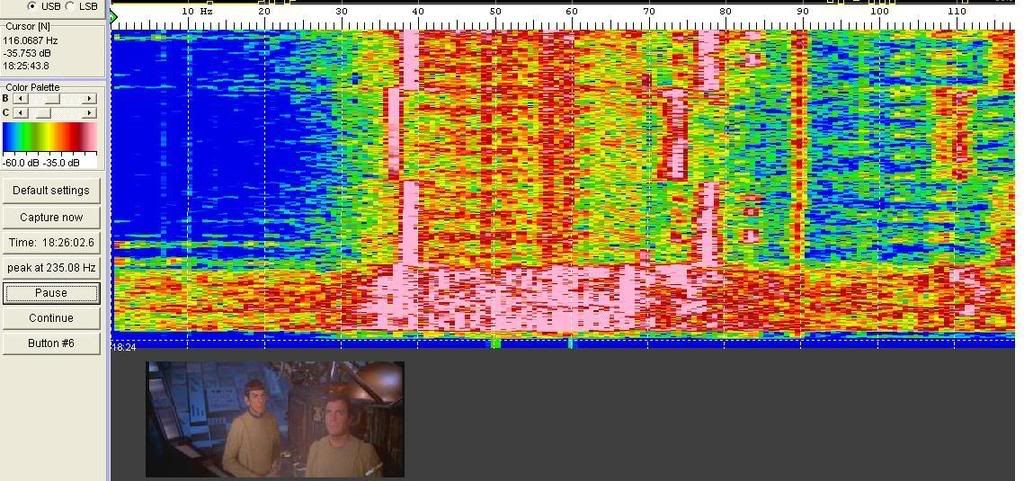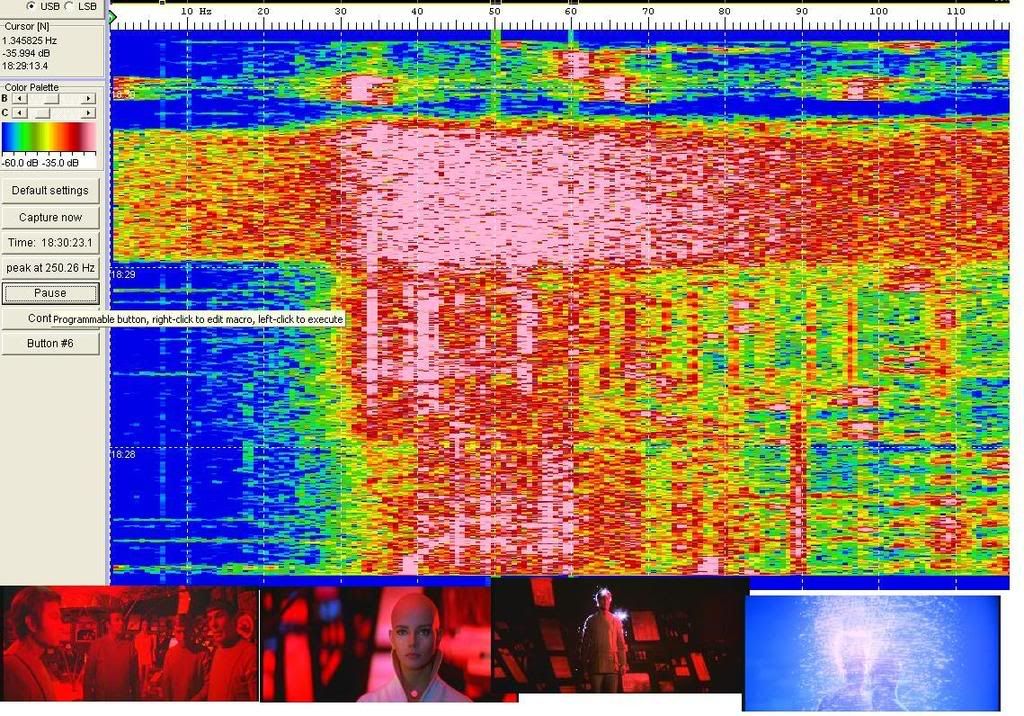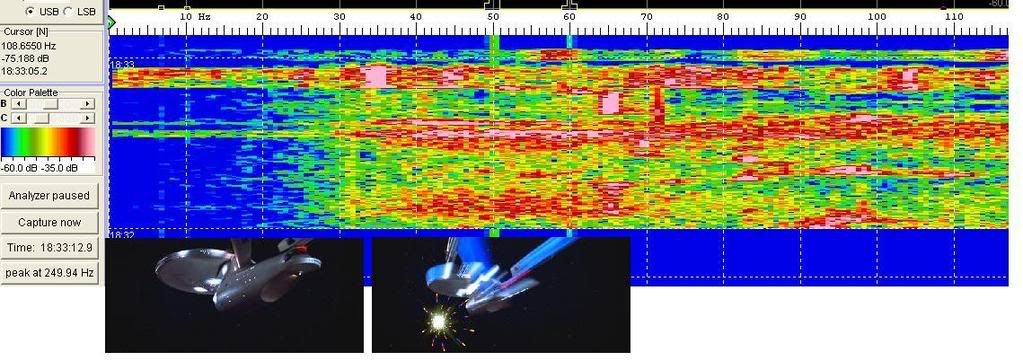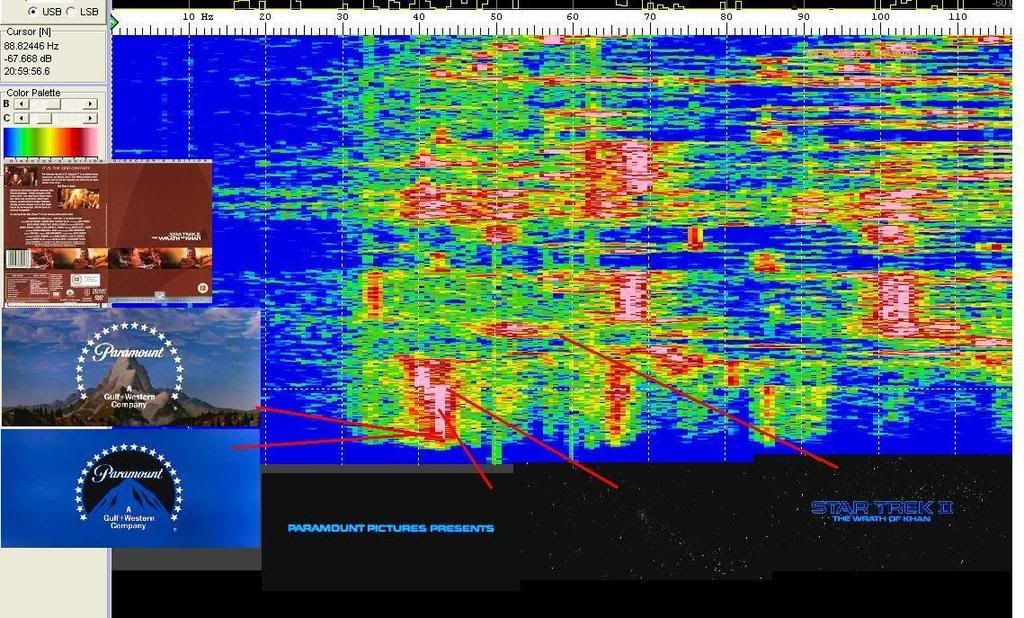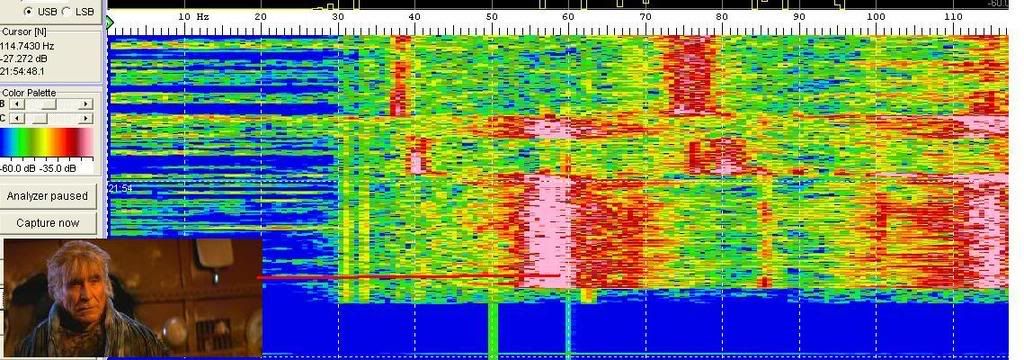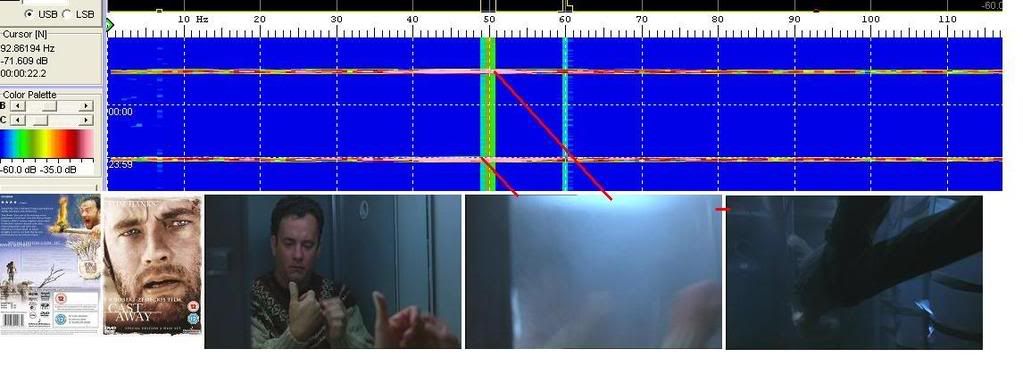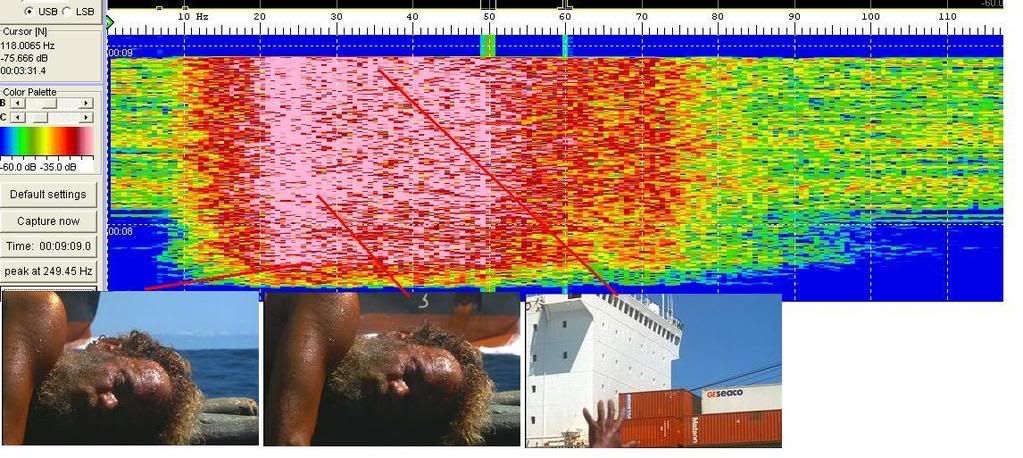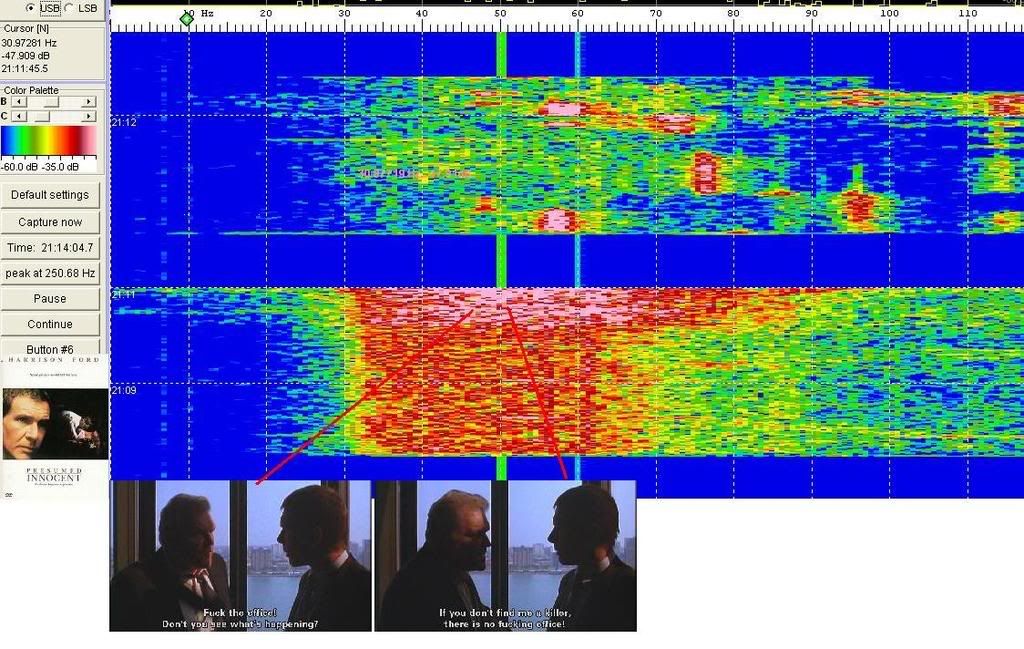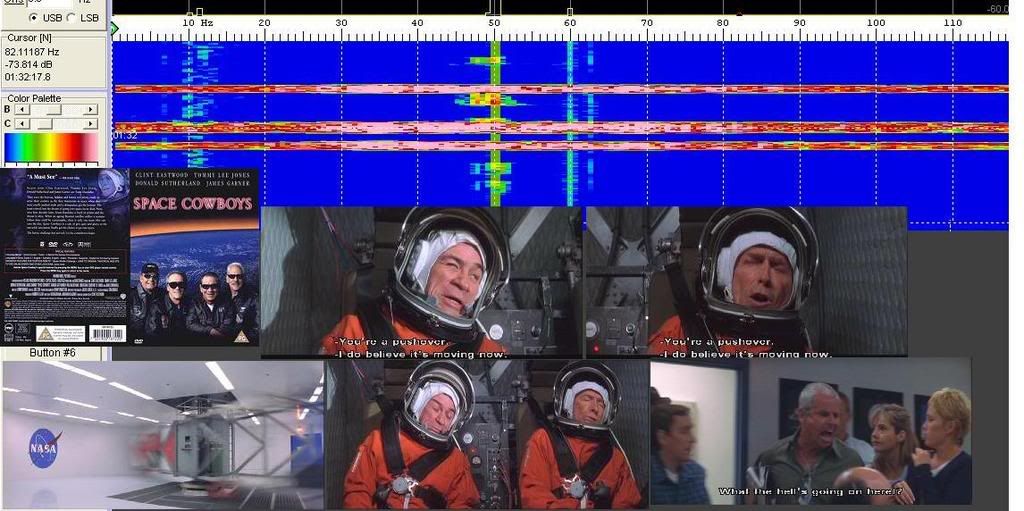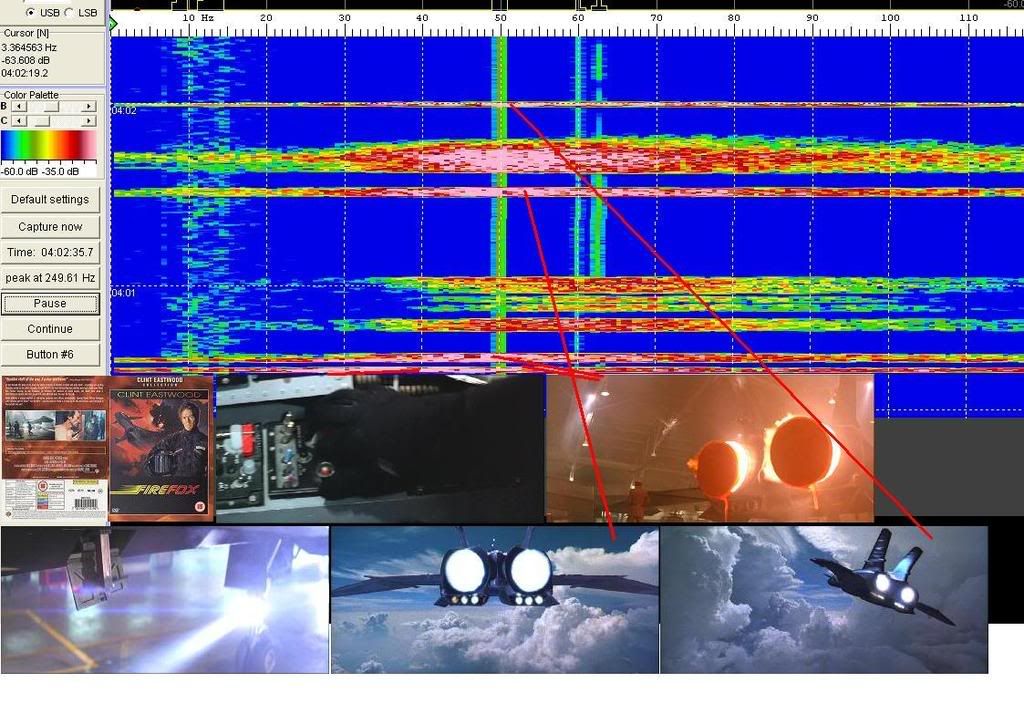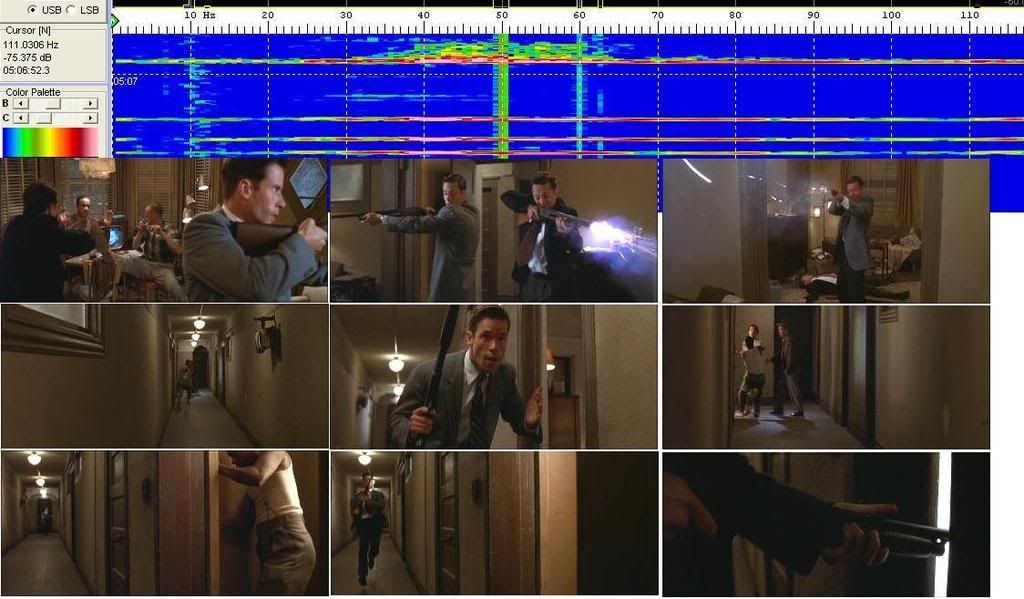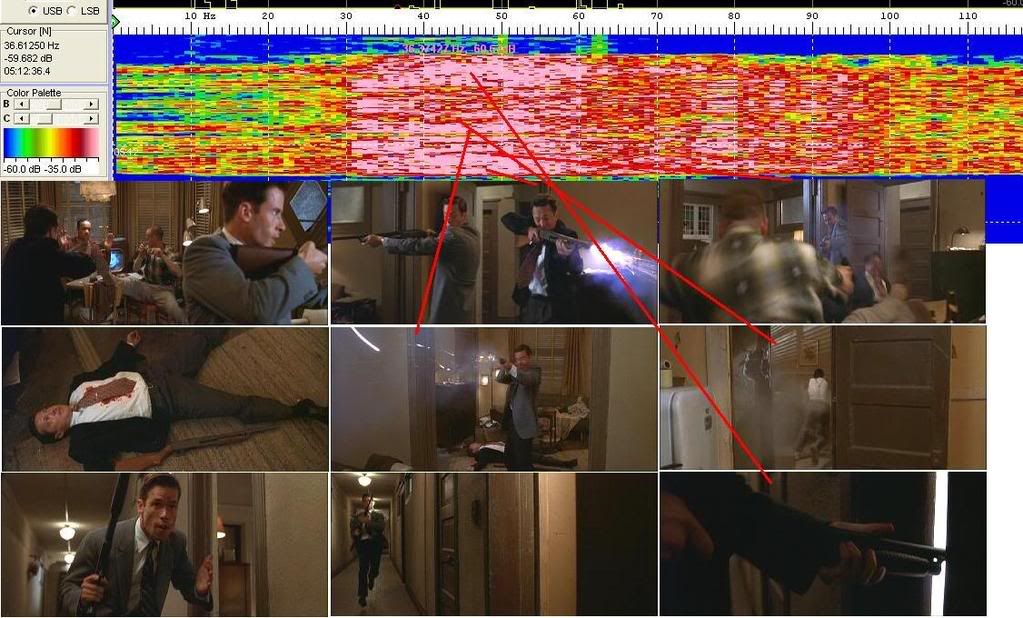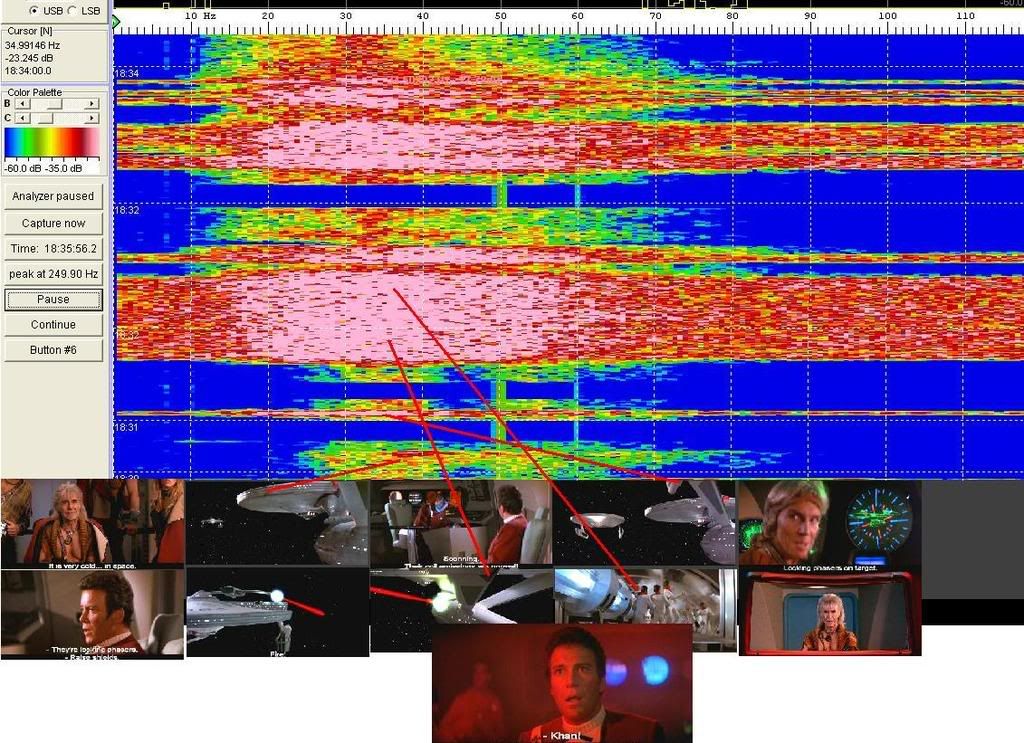D.A.R.Y.L. (1985) is Data Artificial Robot Youth Lifeform towards the last 17 minutes of the film Daryl steals and SR-71 Blackbird here are few frequency spectrum charts.
D.A.R.Y.L. was presented in Dolby stereo 4:2:4 sw-re-mix was turned ON. If Dolby dts 5.1 is used the sw-re-mix is turned OFF.
The low end isn’t totally low end, but it’s still felt never the less.
A mild Marvin Hemlisch score brings D.A.R.Y.L. face to face with an SR-71 Blackbird. Afterburners fire-up in the aircraft hanger and then heard paned to the right while observers see the aircraft taxing out of the hanger.
Several flybys of the SR-71 and few mild sonic booms thunder around the room.
A built-in self-destruct-mechanism has been installed into the SR-71 just before the destruction of the aircraft D.A.R.Y.L. ejects and lands into lake, the impact into the water wasn’t very deep but it was good enough.


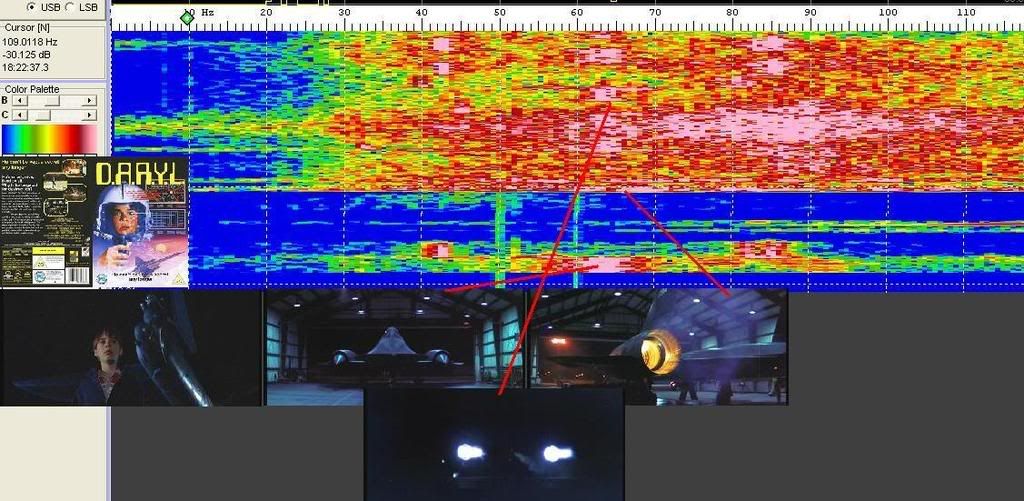
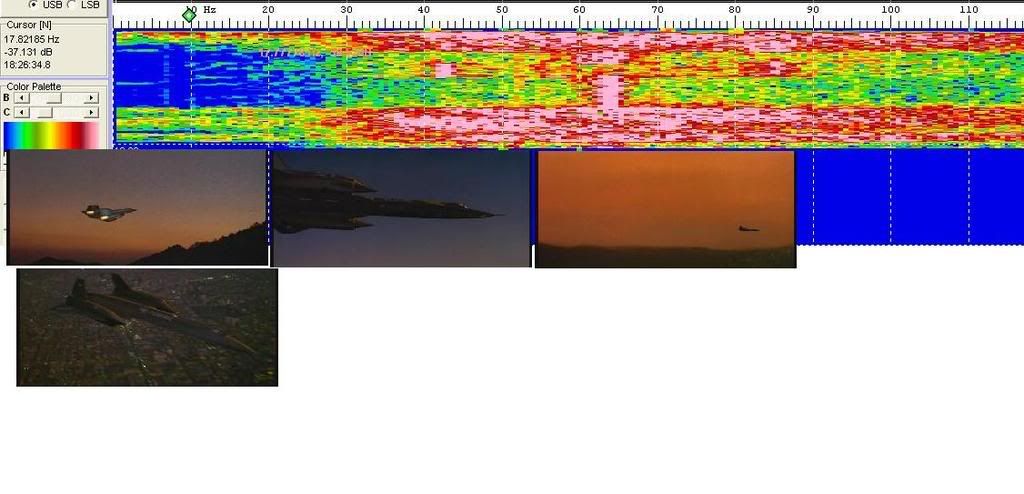
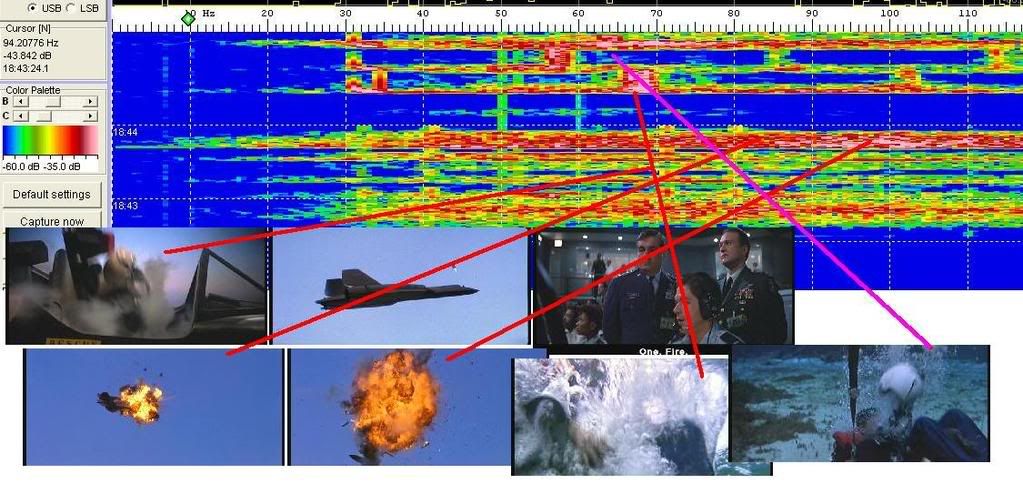

 Reply With Quote
Reply With Quote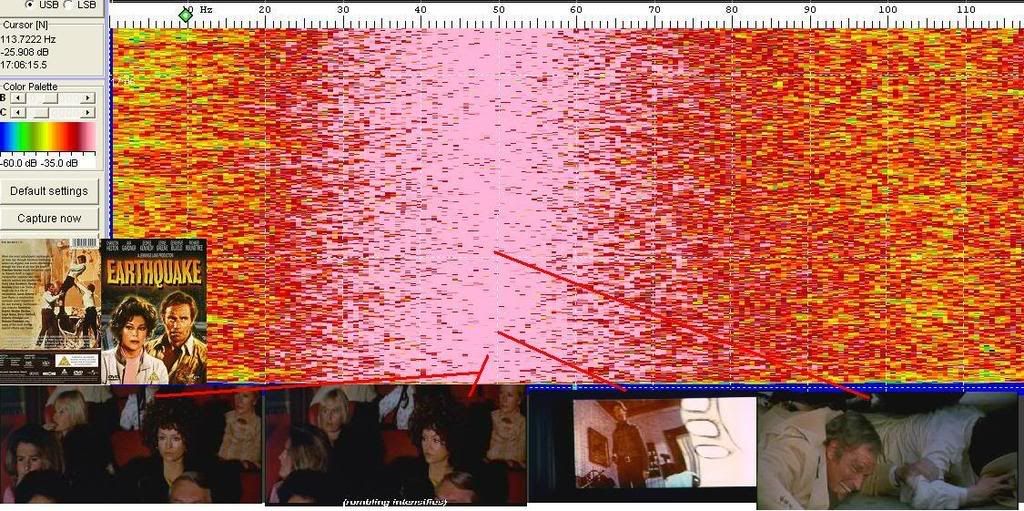

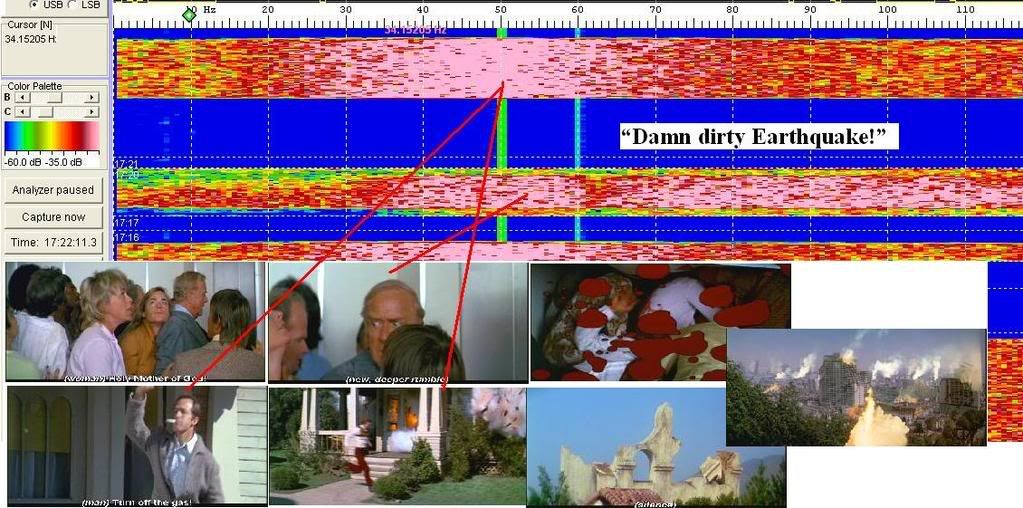
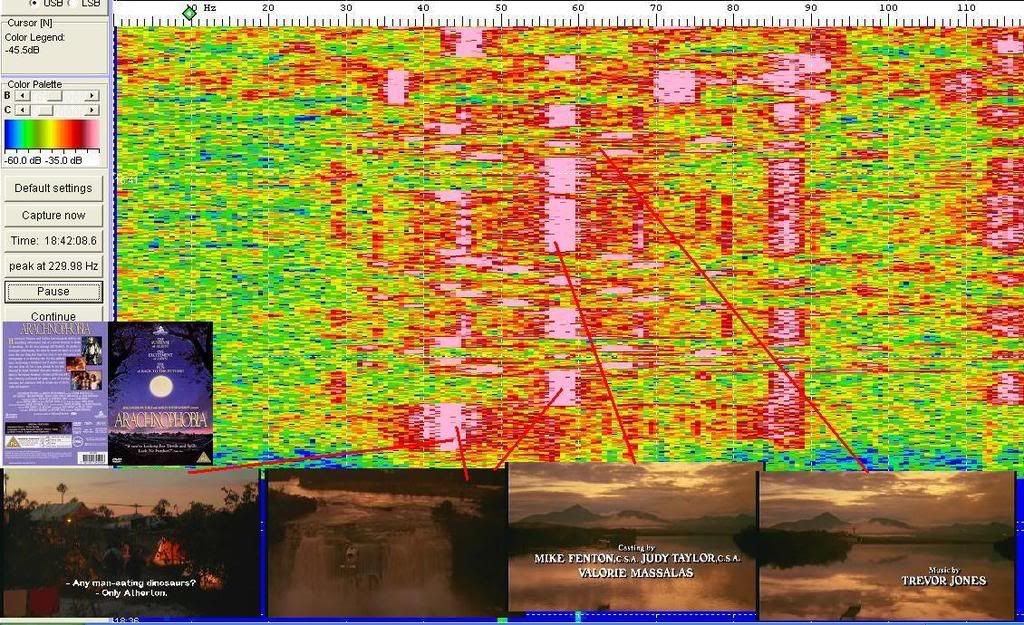
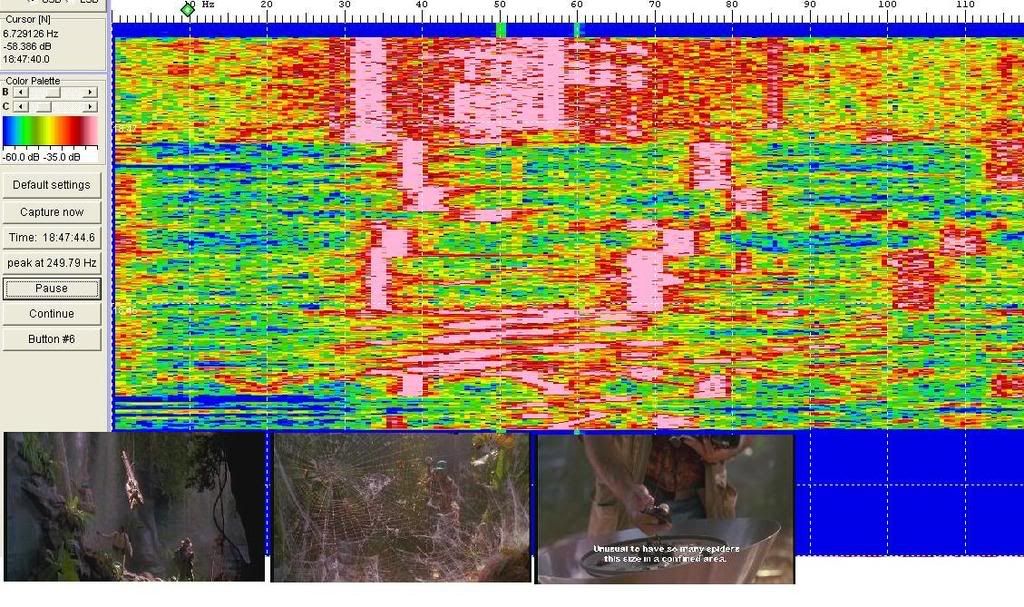
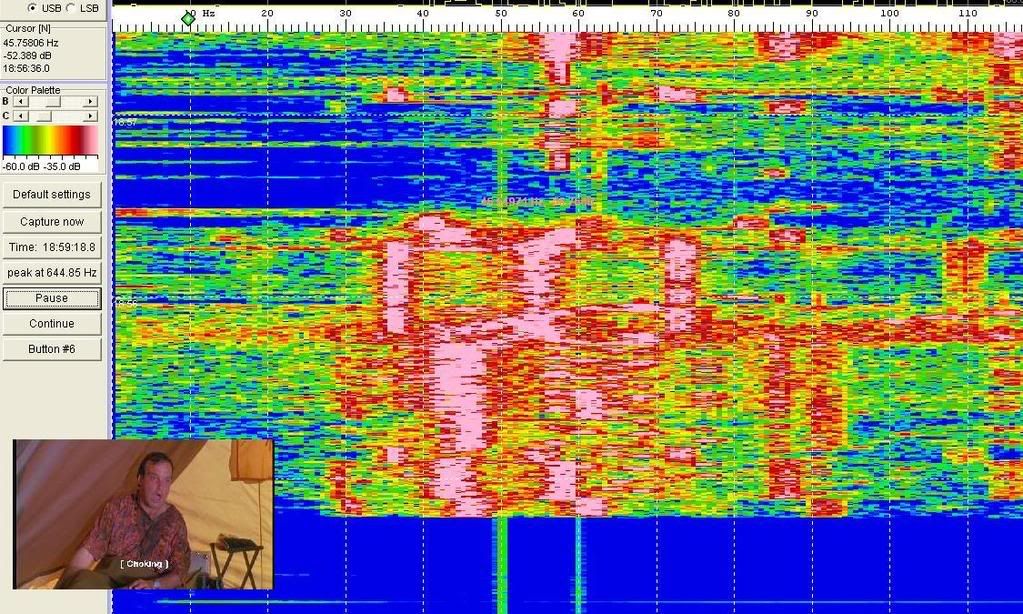

 when I played it several years back. The bathtub sequence is freaky where Norman sees terrifying image that makes him jolt backwards and banging his head on the side bathroom sink, wham! Play this at soft level at first because the amount of low end just leaps out!
when I played it several years back. The bathtub sequence is freaky where Norman sees terrifying image that makes him jolt backwards and banging his head on the side bathroom sink, wham! Play this at soft level at first because the amount of low end just leaps out!



